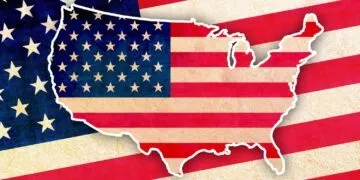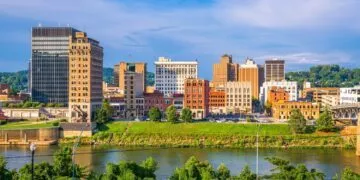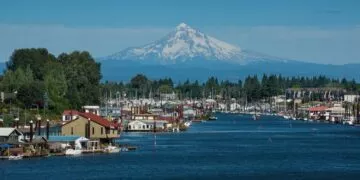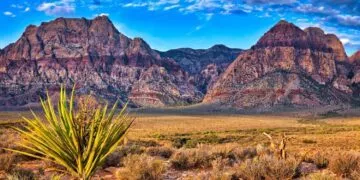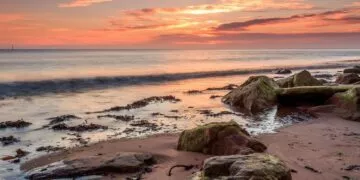Unofficially nicknamed the “Treasure State” but known as “Big Sky Country,” Montana was the 41st state to join the United States of America on November 8, 1889.
It has a population of 1,068,778 people (as of 2019), making it the 43rd most populous state.
Montana is bordered by Wyoming, South Dakota, North Dakota, and Idaho. With 147,040 square miles (380,800 square kilometers) of land and water, it is the fourth largest state.
The capital of Montana is called Helena and is situated in the west of the state.
That’s enough fast facts about the Big Sky Country; we’re here to learn some interesting facts!
People have lived in Montana for more than 12,000 years.
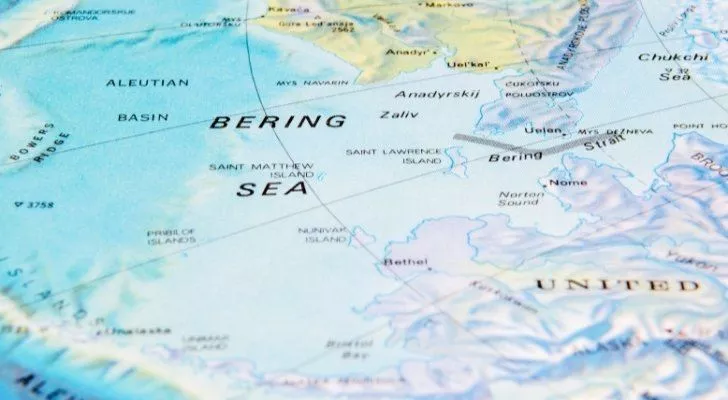
The first group of people to populate the Americas were known as the Paleo-Indians.
The first peoples crossed into North America from Russia via the Bering Strait at the end of the Ice Age, some 14,000 years ago.
The first archaeological evidence of human existence in the region now known as Montana comes from a dig site known as the Anzick site near Wilsall, Montana.
The remains of a male infant were found which have been carbon-dated, with the results indicating that it was between 11-13,000 years old.
Many different Native American tribes lived in Montana when Europeans first arrived on the scene.
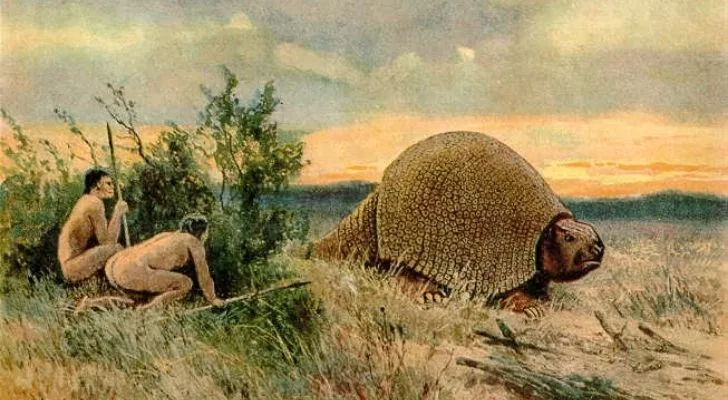
Several different tribes have lived in the region now known as Montana for thousands of years, with the first of these people being nomadic hunter-gatherers.
Over time these tribes developed both socially and culturally, with some tribes living a more sedentary lifestyle than others.
When European explorers and traders first arrived in the region, they encountered a number of tribes living there, including the Cheyenne in the southeast, the Crow in the central south, the Gros Ventres, Blackfeet, and Assinniboine ranging from the center to the northeast.
In the west were the Kootenai and Salish, while some smaller tribes such as Kalispel and Pend d’Oreille lived closer to the western mountains.
Montana was claimed by the French initially.
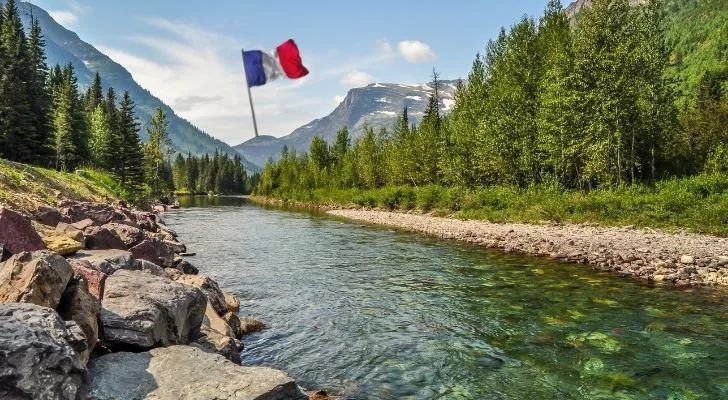
As Britain colonized the northwest of modern-day USA and Spain colonized the southern lands around modern-day Mexico, France also staked its claim on the Americas.
France’s claims in North America were known as New France, with the largest territory later becoming known as Louisiana.
This territory was much larger than today’s state of Louisiana, though; instead, it stretched inland from Canada down to Mexico.
France claimed vast swathes of land, including modern-day Montana, although they did little to explore, map, or settle the majority of it.
The USA gained control of Montana in 1804.
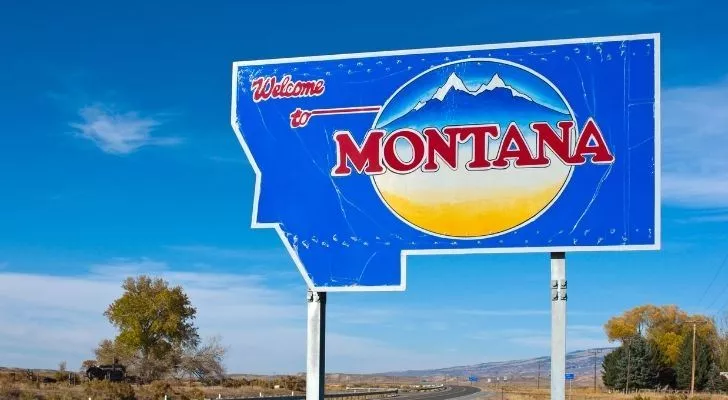
At the turn of the 19th Century, France was ruled by Napoleon Bonaparte, whose interests lay in regions other than central North America.
A deal was struck between the newly formed USA & France, in which the entirety of French Louisiana was sold to the US for $15 million.
Being a part of this territory, Montana came under US ownership as of March 10, 1804.
Montana was largely unexplored before the Lewis and Clarke Expedition.
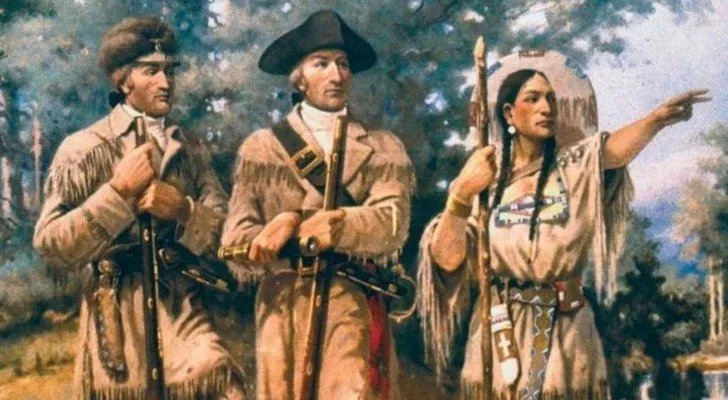
While there may have been a number of French or even Spanish fur trappers and traders who passed by various parts of Montana, the region had been largely untouched until it came into US hands.
President Thomas Jefferson wished to know more about the flora, fauna, and people who lived in the uncharted regions of the newly acquired Louisiana Territory.
He recruited Meriwether Lewis and William Clark to set forth and explore this new territory.
This journey lasted almost three years, in which they spent a greater amount of time in modern-day Montana than any other region they visited.
The first permanent European settlement in Montana was a Jesuit Mission.
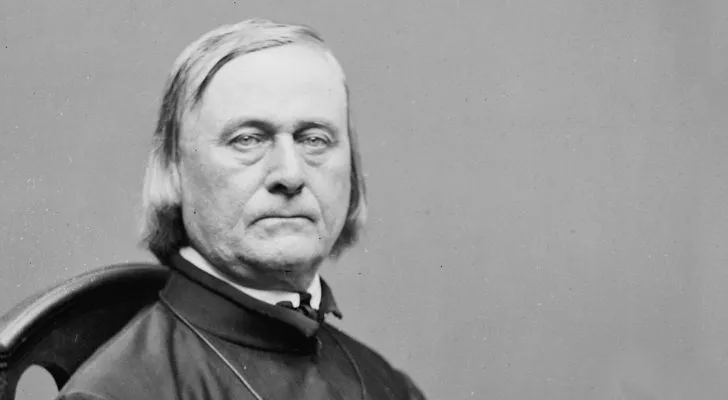
By 1820 the Salish people had heard tales from other tribes of Jesuit missionaries who would come to villages and introduce new forms of agriculture, medicine, and of course, religion.
A number of Salish journeyed to Missouri to bring back a missionary to their village in 1831.
It wasn’t until 1841, after many attempts by the Salish, that Father Pierre-Jean DeSmet traveled to Montana.
DeSmet founded the settlement known as St Mary’s Mission that same year, including a chapel, a pharmacy, and log cabins.
It took a gold rush for Montana Territory to be founded.
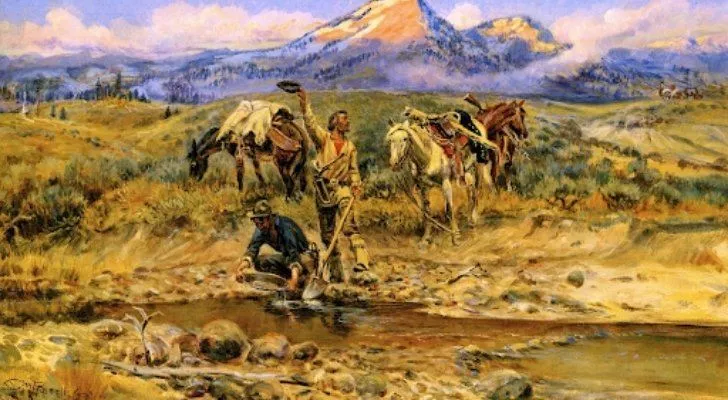
The entire region around Montana, including modern-day Idaho, Montana, Oregon, Washington, and parts of the Dakotas, were initially a part of Louisiana Territory.
By the middle of the 19th Century, Idaho Territory, Oregon Territory, Washington Territory, and Dakota Territory had been established, with modern-day Montana split up between each territory.
By the 1860s, valuable minerals such as gold, silver, coal, lead, and copper were discovered in the mountains to the west. Tens of thousands flocked to the area to stake their claim.
It became clear that the region needed more organization, and as such, Montana Territory was created in 1864.
Montana has a Spanish name.
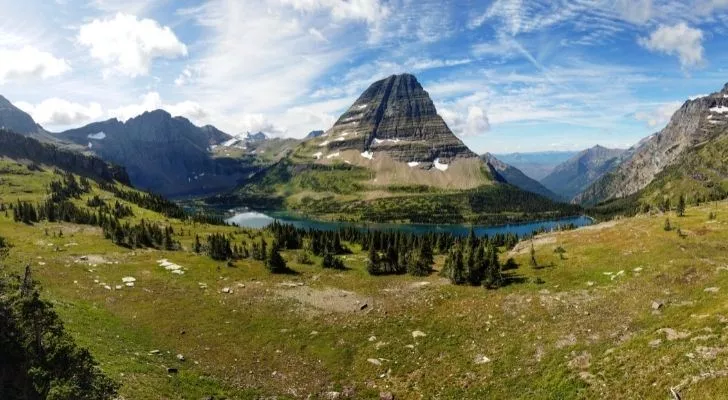
One doesn’t need to have a degree in linguistics to see the connection between the state’s name and the Spanish word montaña, which translates to “mountain.”
Early in the days of Spanish exploration in the Americas, the name Montaña del Norte was given for the whole mountainous westerly region of North America.
Interestingly, the name Montana was first put forwards when the Territory of Idaho was being founded.
At first, the name was rejected, but when it came time to establish Montana Territory, it was accepted.
Montana has a small claim to the US’ first National Park.
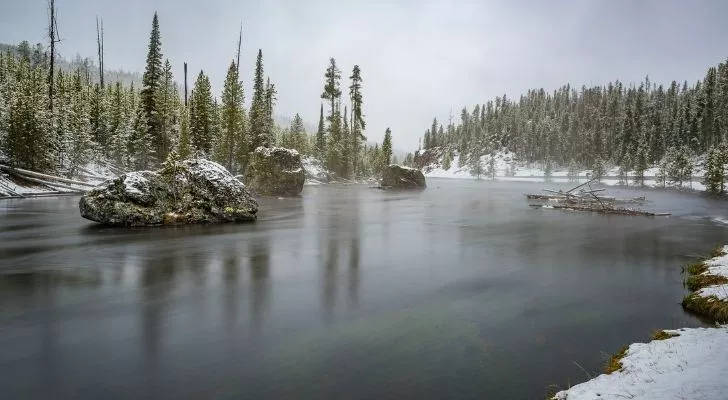
It is, of course, none other than Yellowstone National Park. While the vast majority of the park lies in Wyoming, parts of the park lie in southwest Montana.
Despite this fact, there are actually more entrances to Yellowstone from Montana than there are in Wyoming, with the West Entrance, North Entrance, and Northeast Entrance all lying in Montana.
The North Entrance is one of the best entrances to take, especially as it’s the only one that gives year-round access to the park!
The largest snowflake ever recorded landed in Montana.
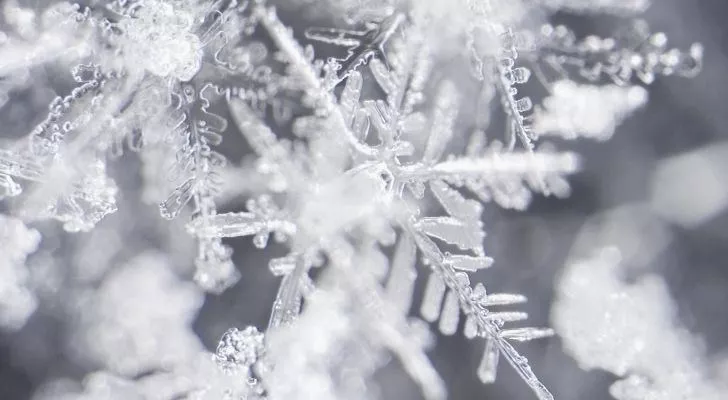
Snowflakes are generally pretty small, right? But, when I try and think about it, the largest I’ve ever seen has probably been around half an inch (1.25 cm) wide, tops!
It turns out that Montana somehow seems to make them big in the mountains. On January 28, 1887, a snowflake was recorded to measure some 15 inches (38 cm) across!
Montana is home to the only remaining evidence of Lewis and Clarke’s trail.
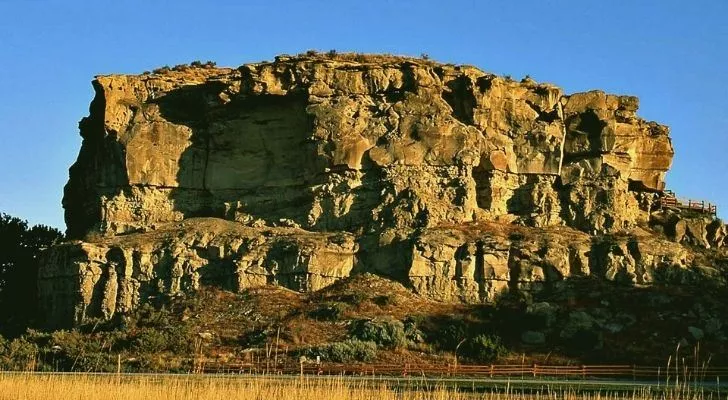
Near the town of Billings, Montana lies a relatively insignificant-looking sandstone pillar that overlooks the Yellowstone River.
Known as Pompey’s Pillar, it was named after the son of Sacajawea by Captain William Clarke himself.
The sandstone walls of the pillar bear the marks of ancient cultures in the form of petroglyphs, or animal drawings, which are carved into the stone.
Clarke also added his mark to this ancient stone, signing it with his name and the date that he passed through the region.
This is the only known record of the trail which Lewis and Clarke took on their great journey.
Montana has the largest population of grizzly bears in all the lower 48 states.
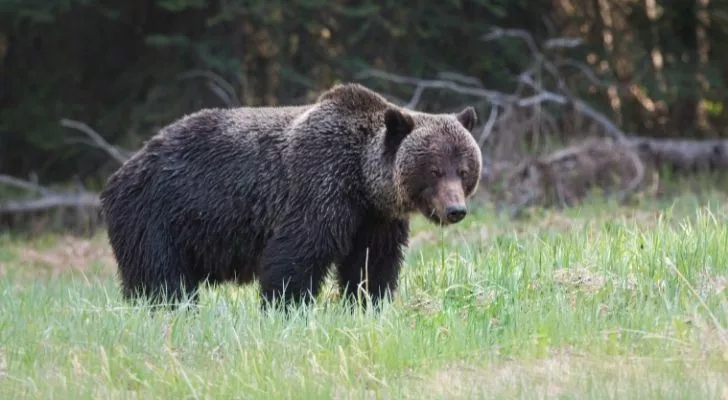
It’s pretty fair, then, that the grizzly bear is the state animal of Montana. Montana has more than just grizzly bears, though.
It’s home to an incredibly diverse variety of wildlife, including but not limited to wolves, coyotes, moose, buffalo, elk, antelope, foxes, and grizzly bears.
The buffalo found in Montana are some of the only buffalo left in the world that can be found free-roaming in the wild.
In Montana, married women are forbidden by law to go fishing on a Sunday by themselves.
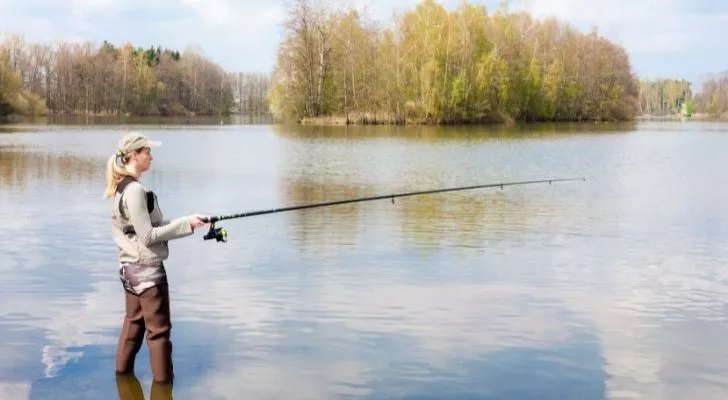
That’s not the only bizarre fishing-related law, though, as unmarried women aren’t allowed to go fishing by themselves on any day of the week!
It’s also not allowed to have a sheep in a car with you unless you have someone else in the vehicle to chaperone it.
In Montana’s capital city of Helena, it’s not allowed to throw any item from one side of the street to the other.
That’s all relatively fine and good, but can someone please explain why it’s illegal to drive a car while there are ice picks strapped onto its wheels in Whitehall?
Montana is famous for its water.
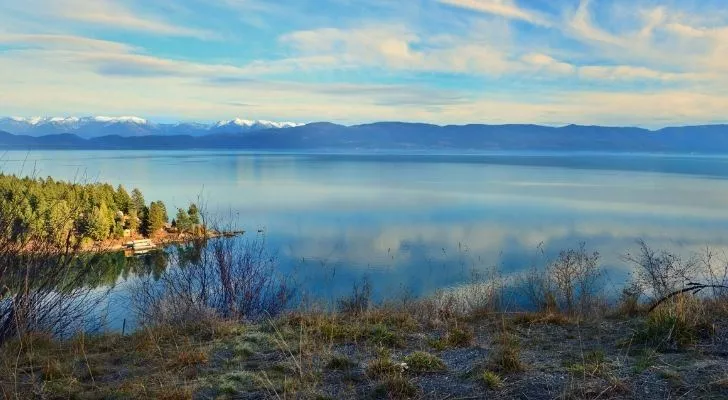
Well, not exactly its water itself, but there are many water-related facts that Montana is famous for!
Flathead Lake, located in Montana’s northwest, is the largest US lake west of the Great Lakes.
Water from the mountains in Montana is unique, too! This water feeds a series of rivers that lead all the way to the Pacific Ocean, the Atlantic Ocean, and the Arctic Ocean.
Sapphires found in Montana are some of the finest in the world.
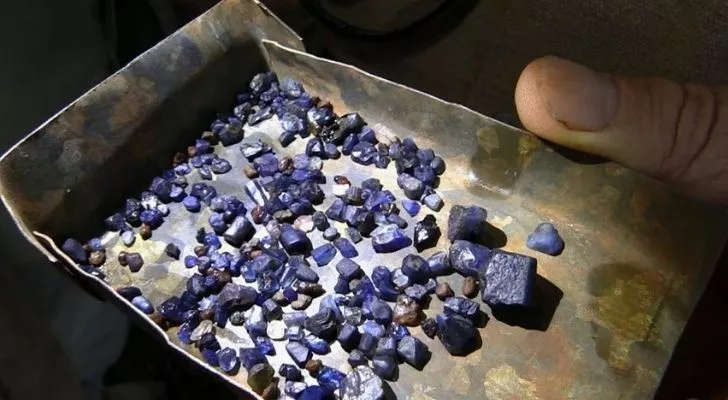
These particular sapphires are known today as Yogo sapphires and are some of the most expensive of their kind found worldwide.
They weren’t always valued so high. During Montana’s early gold rush days, tiny blue stones were commonly found while panning for gold.
Prospectors would commonly throw the seemingly worthless stones to the side until one man called Jake Hoover had them appraised by Tiffany’s in New York.
Tiffany’s declared that they were the finest precious stones ever found in the US, if not the world.
If you love the great outdoors, Montana is definitely the state for you!
With year-round access to Yellowstone National Park, the largest variety of wildlife of all US states, and some of the best lakes in the western US, it’s serious bucket list material.
Top that off with the rich wild-west history, and you’ve got a state that surpasses many others!


